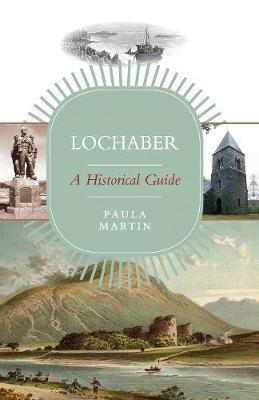Lochaber: A Historical Guide

Lochaber: A Historical Guide
The name Lochaber first appears in Adamnan's Life of St Columba (written c.690). It probably refers either to the top of Loch Linnhe, or to a possible loch, later a bog, east of Banavie. Much of the scattered population of Lochaber has always lived close to its long and sheltered coastline, and until the last 200 years most communication was by water. One local minister in the 1790s claimed, probably correctly, that Tahiti and other Pacific islands were better surveyed than parts of the west coast of Scotland. Only a few intrepid travellers came here before the nineteenth century, when roads, steam-boats and then the railway rapidly opened up the area to tourism. Attempts to introduce new industries during the twentieth century had mixed success, but the population, having declined for almost two centuries, has now stabilised. Perhaps a better understanding and de-mythologising of the past may help to develop a sustainable economy for the future.
PRP: 87.11 Lei
Acesta este Prețul Recomandat de Producător. Prețul de vânzare al produsului este afișat mai jos.
78.40Lei
78.40Lei
87.11 LeiIndisponibil
Descrierea produsului
The name Lochaber first appears in Adamnan's Life of St Columba (written c.690). It probably refers either to the top of Loch Linnhe, or to a possible loch, later a bog, east of Banavie. Much of the scattered population of Lochaber has always lived close to its long and sheltered coastline, and until the last 200 years most communication was by water. One local minister in the 1790s claimed, probably correctly, that Tahiti and other Pacific islands were better surveyed than parts of the west coast of Scotland. Only a few intrepid travellers came here before the nineteenth century, when roads, steam-boats and then the railway rapidly opened up the area to tourism. Attempts to introduce new industries during the twentieth century had mixed success, but the population, having declined for almost two centuries, has now stabilised. Perhaps a better understanding and de-mythologising of the past may help to develop a sustainable economy for the future.
Detaliile produsului










